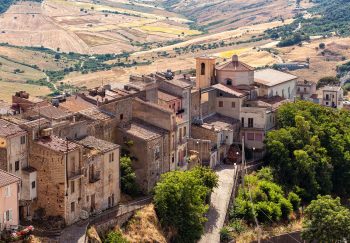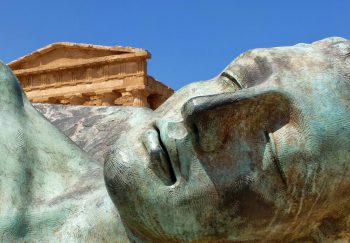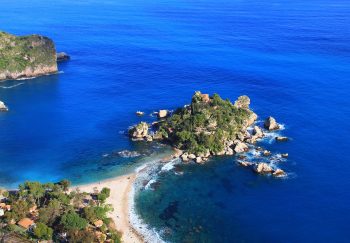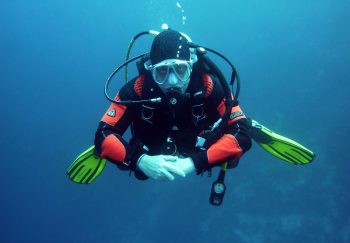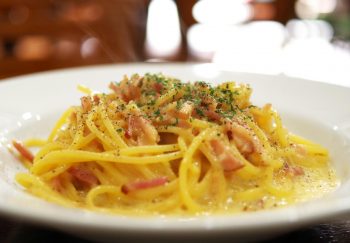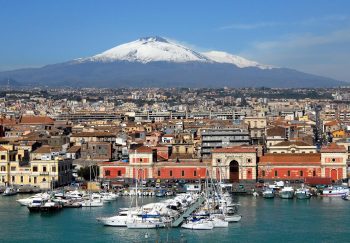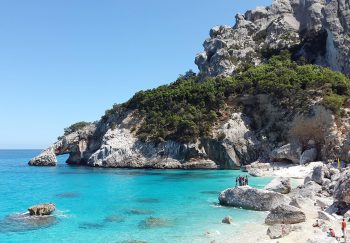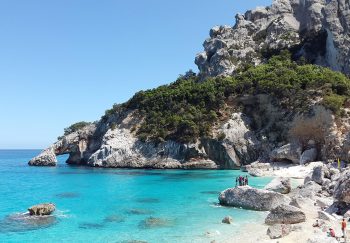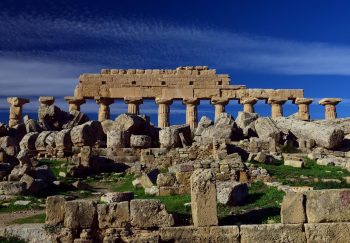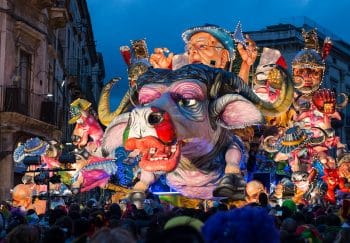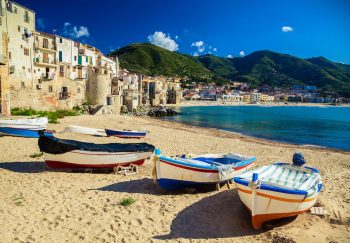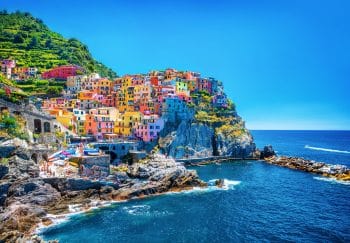These are known as the Viefrancigeneof Sicily. They were used by pilgrims to travel to Messina, from all parts of Sicily, before continuing their pilgrimage to Rome and Santiago de Compostela. Some of these medieval roads are now gone, while others have been converted into modern state roads. Others remain small country roads.
The Association Friends is a group of archaeologists, historians, and topographers who have been studying the area for many years. They are working on this project to reconstruct the Roman road network. They have previously tested the route and provide information, maps, and helpful advice to new pilgrims. They are creating a network to offer accommodation, hospitality, and everything else that walkers need on the route.
Some examples:
- The Magna Via Francigena, which follows the Roman Via Aurelia, passes through Castronovo di Sicilia and connects Palermo with Agrigento. A 160 km route connects today the Arab Balarm with the Rock of Agrigentum. It passes through historic trails and ancient landscapes. The entire route can be broken down into nine legs of approximately 20-25 km each for those who don’t feel like walking it.
- The Palermo-Mesina stage traverses the mountains and crosses Madonie and Nebrodi Mountains. It is the Montana version of the Middle Aged Marina
- Via Francigena Fabara. This is so named because it passes through the district of Vizzini. It runs from Gela to Maniace and Bronte where it meets the Palermo–Messina via the mountains.
- Via Selinuntina is a Roman road from Marsala to Syracuse. It’s currently taken from Marsala and Gela.
- Via Francigena Mazarense from Mazara to Palermo. A certificate that talks about a via Francigena laid in a district Marsala… but there’s also one towards the valley Jato.
- Today, the Palermo–Messina coast route can almost be traced back to SS 113 which linked the two Sicilian capitals
- From Lilibeo, the current Marsala, the route passed through Mazara and Selinunte and Agrigento. It then entered the plains at Vizzini, Catania, and then climbed Mount Etna to reach the west. Montalbano was connected with the Abbey of S.Maria di Maniace.
Downloadable Itineraries:
Magna via Francigena: Itineraries
